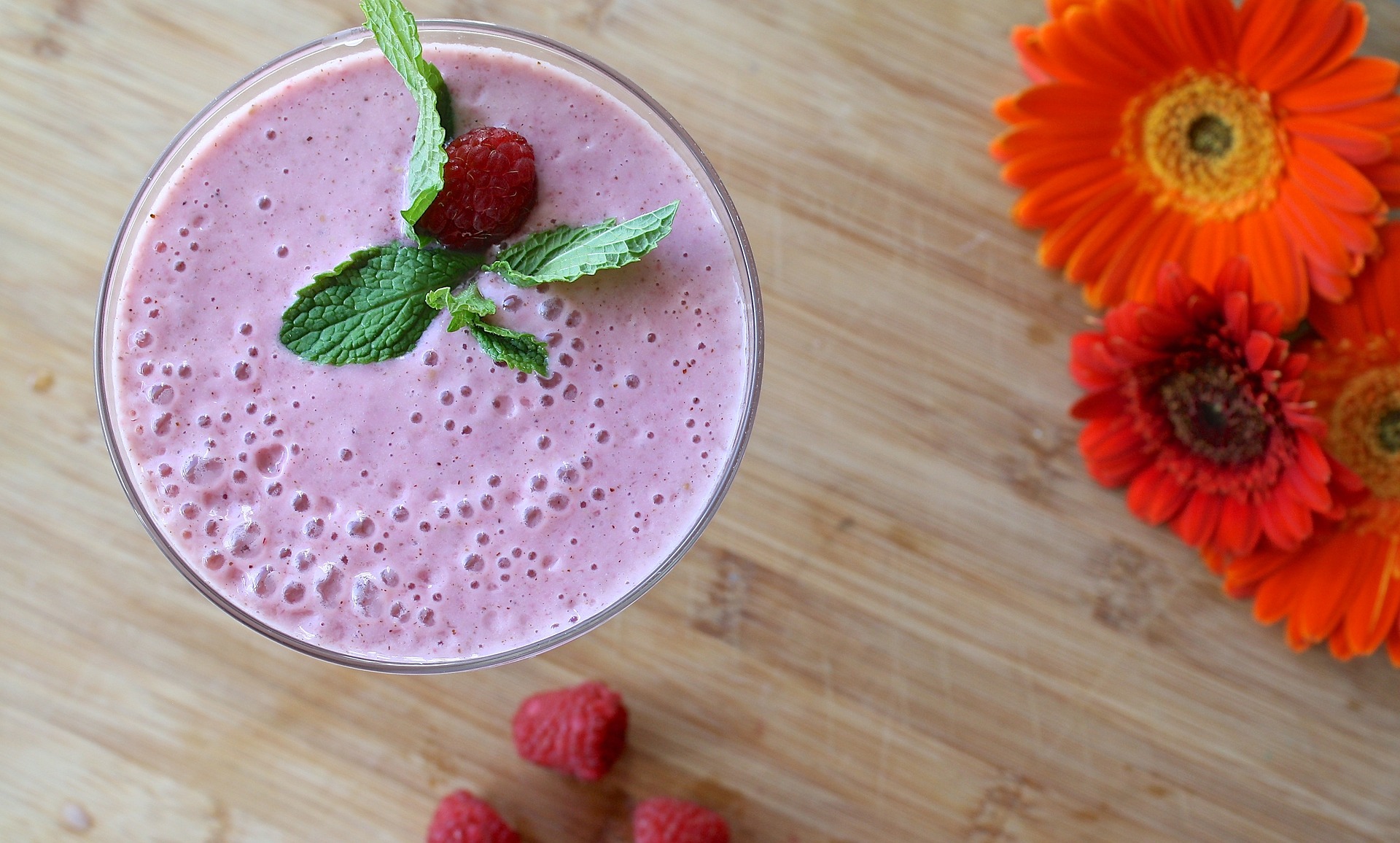Growing up, in a family of Mauritian heritage I was always encouraged to help out in with the cooking – usually peeling garlic and ginger, and cleaning lentils (yes this was a thing…) With both parents working in as nurses time was of the essence. Food prep was from fresh, depending on what was in season. No surprises. Usually rice, a meat or fish dish, pulses and greens, always. Looking back, there was never anything surprising on the plate. Those simple yet wholesome recipes were passed on to me and I cook them for my family.
I like to think that I’m pretty solid in my knowledge of food and where it comes from, I don’t see myself as a follower of fads? Yet look in my spice cupboard and you will find sumac, za’atar and a range of other spices and ingredients that my mum had never heard of…
From smashed avocados to turmeric shots, kale chips to charcoal smoothies… in recent times we have seen a dizzying array of food crazes. Yet however frivolous they may seem; food trends have the power to affect the way we all live…even the innocuous avo on toast…
Our changing tastes have consequences for us as consumers and for the people who produce the food. Adverse consequences are inevitable when millions of people shift their eating habits all at once, it’s like having too many kids on one end of a see-saw.
Let’s take the avocado as an example. Between Europe and the US we consume 80% of the worlds avocado production. In real terms each UK citizen went from consuming just one avocado in 2000; to 7 in 2018. To feed that demand, Mexico, the world’s largest producer, has tripled its production. In doing so, it has cleared thousands of hectares of forest. Hectare for hectare, avocado plantations use more water than forests, so the growing regions have been doubly hit by reduced forests, reduced biodiversity and depletion of mountain springs.
No-one who eats avocados would ever stop to think that that their food choices would have such consequences. Yet, when our eating patterns change so frivolously across the planet, there is no time to consider what the effects of our changing tastes will be.
Food trends spread like wild fire around the world due significantly to the influence of social media. So great is the pull of the ‘instagrammable’ brunch that many cafes and restaurants design their menus and lighting around their client’s desire to share their meal online…as I type this there are 391million hashtagged posts for #food on Instagram (May 2020).
It is simple fact that many of the hyped new foods of recent times are the ones with the largest marketing budgets. The food industry pays scientists and food bloggers to promote certain foods at the expense of others.
Those techniques mask the important fact that a healthy diet need not include a single fashionable ingredient. No one superfood can equal the value we get from eating a wide and varied diet…but that just seems like old news and how can you hashtag that?

